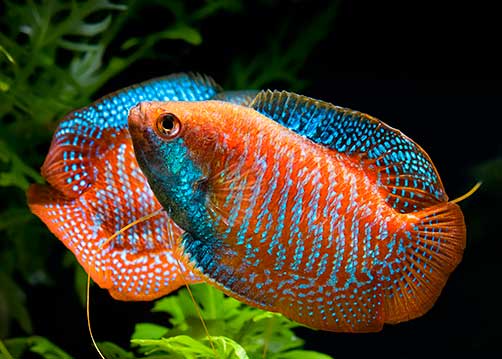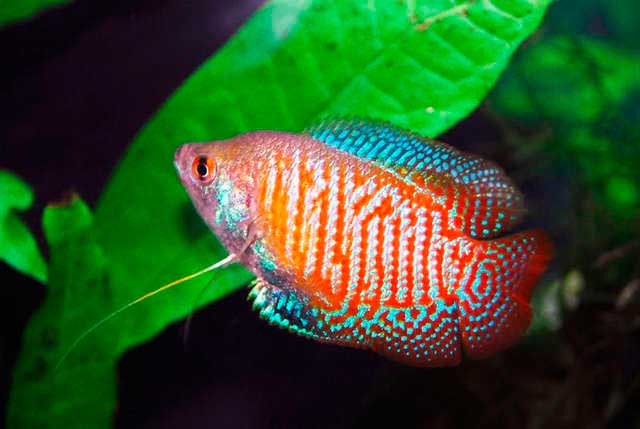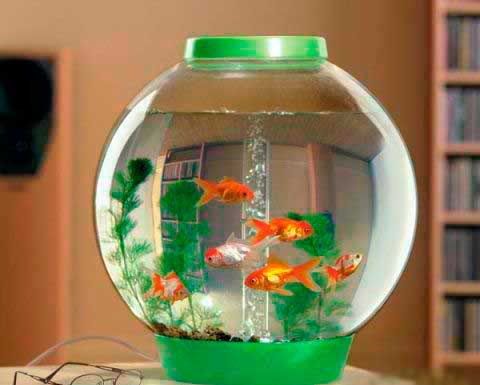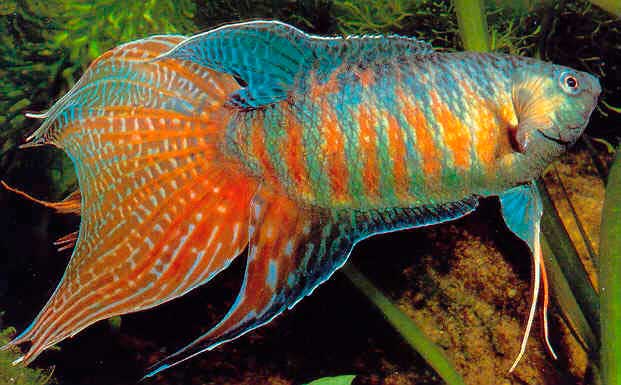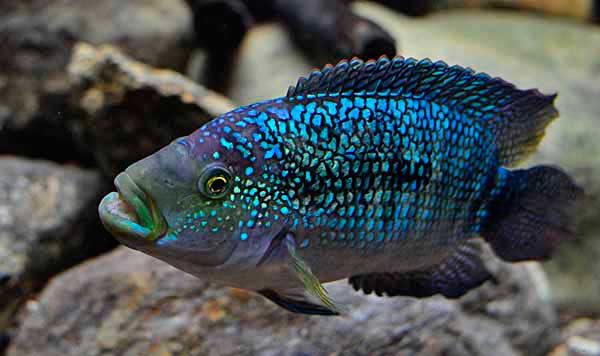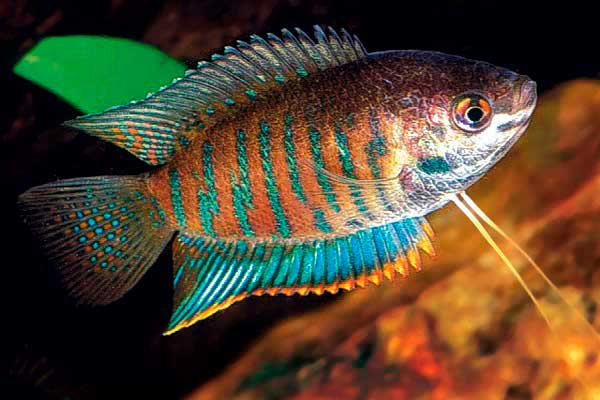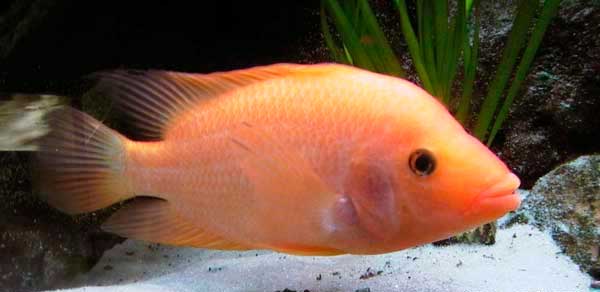Lyalius is a very beautiful aquarium fish. Lalius in the aquarium amateurs in recent years, it appears quite rarely. In my opinion, she is forgotten undeservedly. Even a large number of new species that have now appeared behind the glass of our room water bodies should not be the reason for forgetting the wonderful in every way species that have proven themselves over the years as the best species for the room aquarium.
- Domain: Eukaryotes
- kingdom: Animals
- Type: Chordates
- Class: Radial fish
- Squad: Perch
- Family: Macropods
- Rod: Coliseums
- View: Lalius
Lalius was first discovered in the wild and described in 1822 by Hamilton-Buchanan.
The natural habitat of lalius is the greatest rivers of Asia – Ganges, Brahmaputra, Indus. They are most often found in the regions of Assam, and Bengal.
Despite the fact that the fish was described in the early nineteenth century, in aquariums for the first time it appeared about half a century later, thanks to Sir Francis Day, who in 1869 sent several specimens from India to the London Zoo by mail. He accompanied his parcel with a letter in which he wrote: “…the most magnificent of the many freshwater fishes I have seen”.
Lalius in aquarium Species description
Indeed, by the beauty of coloration male lalius can compete with the best specimens of macropods. The body of the lalius is flattened on the sides, relatively tall. There are oblique alternating red and bluish-green lines on the sides. Their number can vary from 14 to 18. These stripes continue on the unpaired fins of the male, which in addition to the stripes are decorated with bright red dots and have a red border. Pelvic fins lalius modified into whiskers have a red color. These whiskers fish groping various objects around them.
The female lalius has a somewhat more modest coloration. Her body is decorated with alternating pink and blue stripes. In addition to less bright coloration, the female can be distinguished from the male by its more modest size. Females usually do not exceed 5 centimeters in length. Whereas males can reach 6-6.5 centimeters in length.
In addition, in males, the dorsal fin has a sharp point at the posterior end, in females it is rounded.
So I dare to hope that the attentive aquarist will not cause difficulties to distinguish the male from the female on the above signs of dimorphism.
Lalius in the aquarium Color variants
Through selection, a very beautiful form of unusual coloring was obtained. Abroad, this lalius was named “sunset”. In our country, it is known under a more prosaic name – “red lalius”. Its front part and dorsal fin are colored in blue tones, and most of the body and tail orange. These colors smoothly transition into each other. Lalius with this coloration also looks very spectacular.
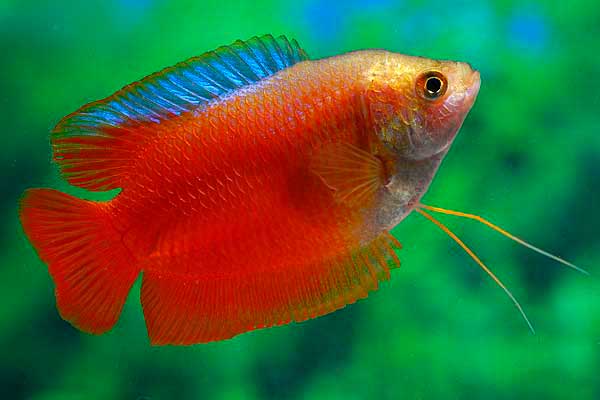
There’s also a green lalius. I think that its appearance was not without genetic engineering. There are also silver and blue varieties.Для содержания двух – трех пар достаточно аквариума на 20 – 30 литров длиной около сорока сантиметров.
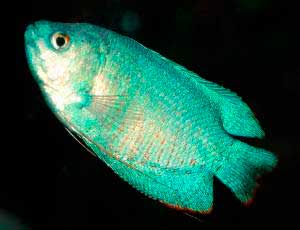
Lyalius fish is peaceful and it can be kept in a common aquarium the main thing to pick them neighbors who would not offend them. For example, active barbs their rapid movements can frighten lalius, and they will always sit in hiding. In addition, barbs are not indifferent to the pelvic fins – whiskers. They, having played, try to pinch them. If they succeed, the lalius is deprived of its tactile organ. Over time, they grow back, but they are either shorter or have thickening at the site of injury.
Aquarium water parameters
To the parameters of water lalius, in general, it is not demanding. But it should be remembered that he came to us from hot countries and prefers warm water. Its temperature can be in the range from 22 to 27 degrees Celsius. Some temperature optimum according to literary publications is around 24-25 degrees Celsius.
These fish will feel better if the water will be soft (6-7 degrees of total hardness) and slightly acidified – Hydrogen Index 6,5-7.
It is desirable to organize bright lighting. It can be overhead. But better your fish will look in the reflected rays. In addition, lalius love sunlight and need it, at least for a short time every day. Therefore, it is desirable to locate the aquarium so that it during, some time lit by direct sunlight. It is better if it will be the morning sun. On the windowsill aquarium can not be located. Given all of the above, the best place for the aquarium is either the wall opposite the window or perpendicular to it.
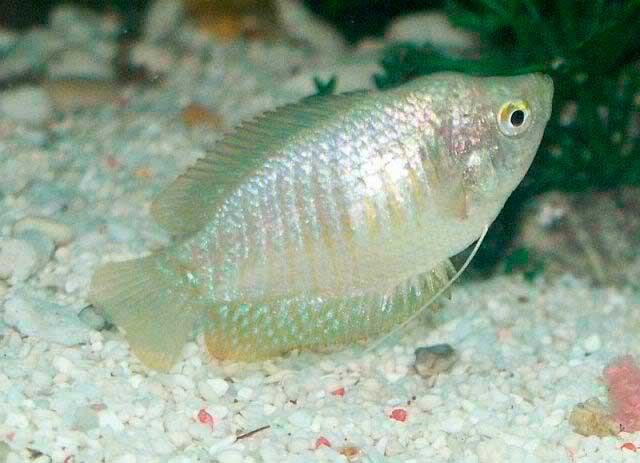
Plants for aquarium decoration
It is desirable to use long-stemmed plants with small leaves. At the back and at the side walls you can arrange a thicket in which fish can hide if someone scares them. On the surface of the water you can float a bunch of riccia or cassava.
The aquarium must be covered with glass. The glass is not only necessary to prevent frightened fish from jumping out. Their physiology also requires it. Being labyrinth fish, they are able to breathe atmospheric air, thus filling the lack of dissolved oxygen in the water. But since in our latitudes, the air in the room is not warm enough fish breathing it, can catch a cold because of the temperature difference. Glass will contribute to the retention at the surface of the water, some amount of air and its heating.
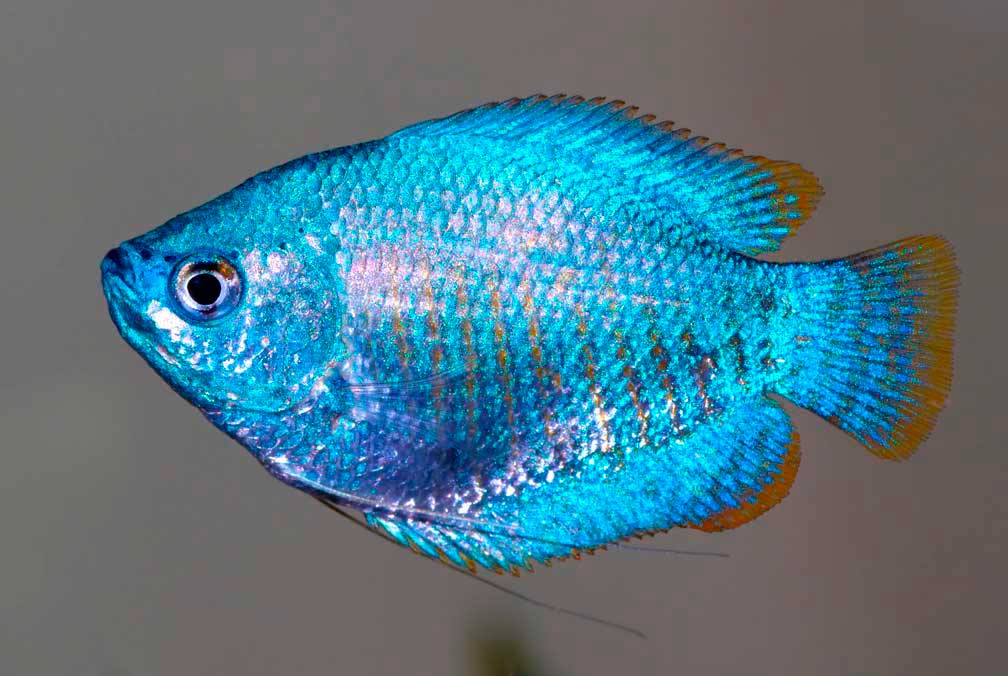
Once a week you should change one-fifth of the water to fresh, freshly drained water. Aeration is not necessary for keeping adult fish.
Lalius in the aquarium What to feed?
Lyalius is not demanding to feed. These fish can be fed even exclusively dry food. But nevertheless, at least occasionally they should be fed and live feed. This will contribute to their better development, brighter coloration, more intense immunity. If you are going to get a full-fledged offspring from your pets, then live feed is simply necessary.
Lalius prefer small crustaceans such as cyclops, daphnia, young artemia. Small worms or cut tubeworms. Insect larvae – small moths. In any case, it can be recalled that the transverse size of the applied feed should be no larger than the radius of the pupil of the fish, which is approximately equal to the size of the fish’s throat. In addition, like the fish splashgun, laliuses are able to knock down small insects on the fly and feed on them. However, the height of the fountain in laliuses does not exceed two to three centimeters.
If you are thinking about what fish to put in your indoor lake, I advise you to take a closer look at the lalius. Perhaps you will opt for them.
